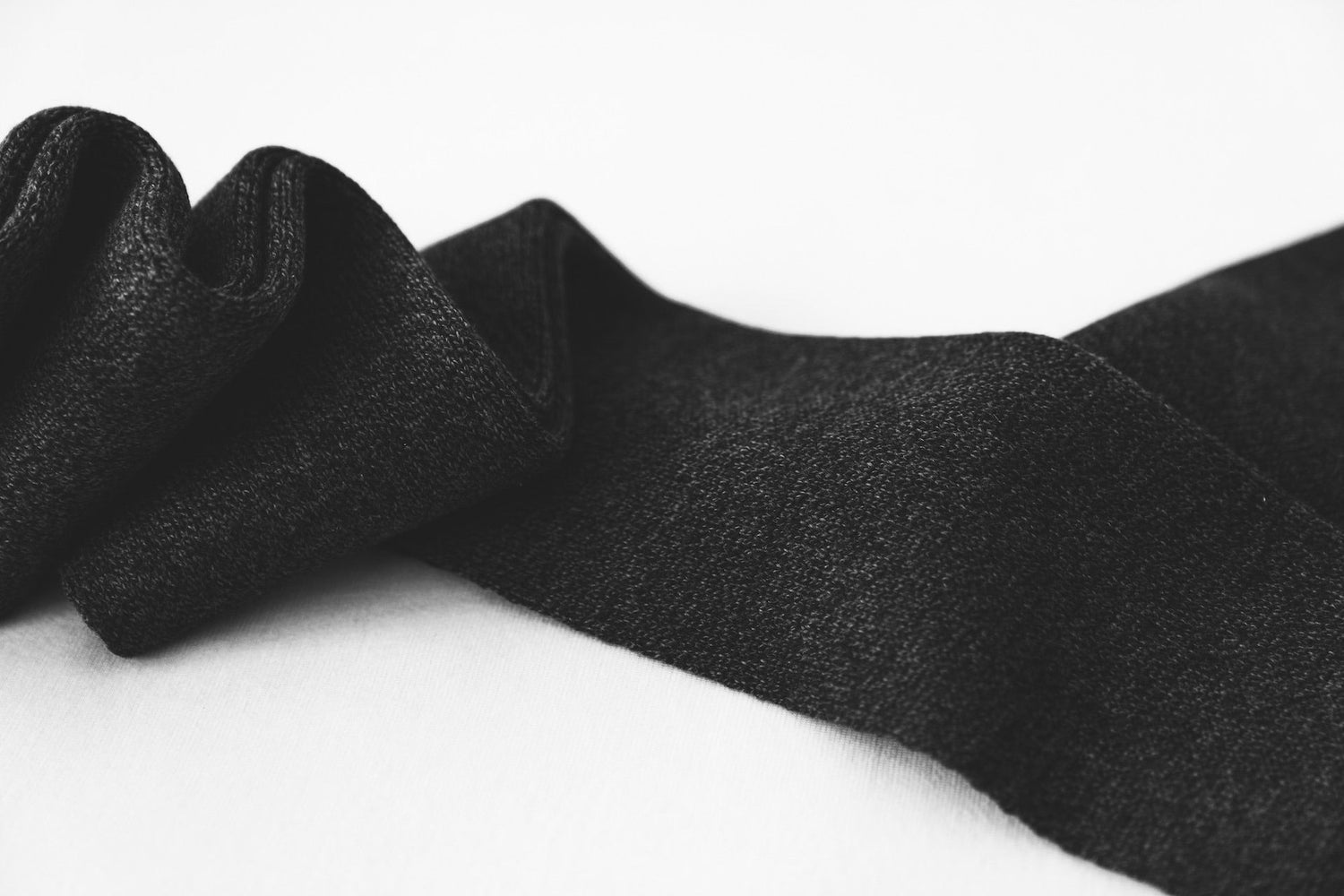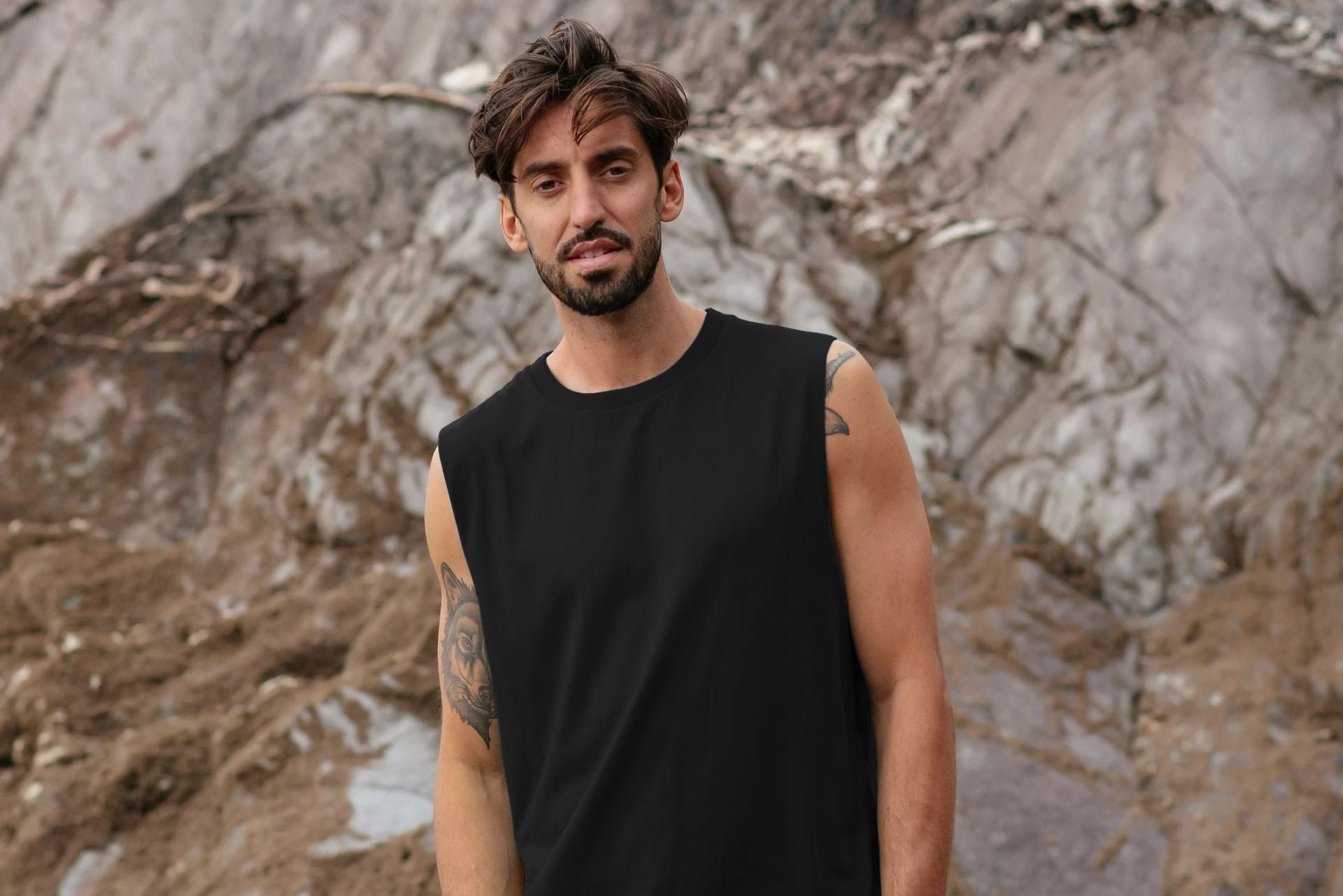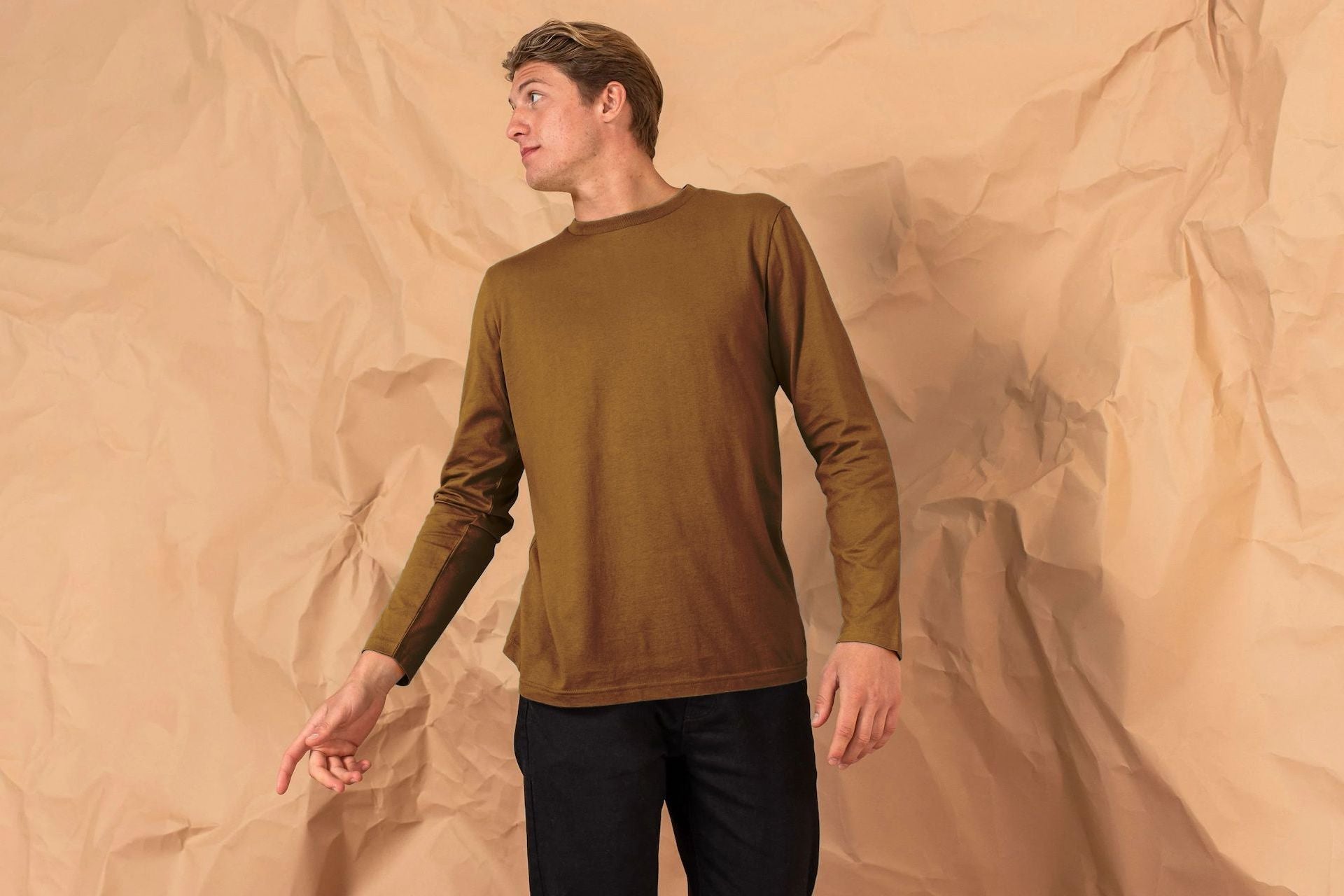Atopic dermatitis is the most common form of eczema, a condition which leads to a person’s skin becoming dry, itchy and cracked. Both young children and adults can get it and while it can improve or go away, it is usually a long- term condition. This means that for anyone with widespread inflamed skin, there are a number of self-care techniques (reducing scratching and avoiding triggers) that may need to be adopted in addition to medical treatment.
Eczema triggers
In the Global Atopic Dermatitis Atlas’s Global Report on Atopic Dermatitis 2022, triggers for atopic dermatitis were divided up into those that are related to the body itself and those that are related to the environment. Those that relate to the environment are listed below:
• Exposure to allergens
• Food allergy
• Hot and humid environment
• Dry and cold environment
• Sweating (physical exercise)
• Sun exposure
• Clothing with irritating fibres (wool)
• Air pollution
While clothing is listed once, clearly it has an impact on some of the other triggers. Breathable clothing can help one regulate one’s body temperature in a hot and humid environment, and can still be useful for capturing sufficient warmth when exposed to dry and cold environments. Clothing that is absorbent can help move sweat away from the body. Clothing can also more generally shield the body from sun exposure.
However, as the list of triggers notes, some fibres are irritable such as wool. The National Eczema Society considers that wool and synthetic fibres, such as polyester and nylon, cause overheating, sweating and irritation which sets off itching. Therefore, it is clear that not all clothing is helpful to those suffering from eczema. The National Eczema Society goes on to note that “Other materials and embellishments that can irritate skin include leather, lace, sequins, fake fur, tulle, velvet and denim”.
So then, what are the best fibres for those suffering from eczema?
Cotton
Cotton is a soft, cool, absorbent and breathable fabric. It should therefore be no surprise that it is commonly recommended for eczema sufferers. However, one thing to watch out for is the existence of cotton blends, where cotton is blended with other fibres such as synthetics like polyester (a potential trigger for eczema).
In “Respiratory and Allergic Effects in Children Exposed to Pesticides—A Systematic Review” by Buralli et al, there is a clear link drawn between pesticide exposure and eczema. The abstract notes, “Most studies (79%) found positive associations with pesticide exposure and children’s respiratory and allergic effects such as asthma, wheezing, coughs, acute respiratory infections, hay fever, rhinitis, eczema, chronic phlegm, and lung function impairments”.
This suggests that organic cotton is to be preferred over other types of cotton. The best way to verify that any garment is indeed organic cotton is to check any certifications that the clothes may have.
Here is a selection of eczema-friendly brands that provide organic cotton clothing.
POMP
First up, POMP. We have a lot going for us when it comes to being eczema-friendly:
• Certified organic cotton. No synthetics are used anywhere.
• All of our ink ingredients are tested to OEKO-TEX 100 standard. This means that the inks are free from azo colourants, formaldehyde, pentachlorophenol, cadmium, nickel, and numerous other harmful chemicals, even if they are not yet legally regulated.
• Plastic-free packaging so even less contact with synthetics than other similar organic cotton brands
Being soft to the touch is a key part of our brand so we hope you get to try our products soon to experience this yourselves. We offer a range of layer types from vests, short-sleeve and long-sleeve t-shirts, sweatshirts and hoodies as well as joggers. This gives you the opportunity to mix and match to adapt to whichever weather conditions you face to regulate your body temperature.
Please note that the insides of our hoodies and sweatshirts have a fleece-like feel to them so you may prefer to layer these up with a long sleeve t-shirt.
Cottonique
Cottonique is a brand focused on creating allergy-free clothing. Recognising that different allergens and irritants are used at every stage of the production process, Cottonique has taken a look at the entire process from harvesting organic cotton to sewing the last seam to come up with their solution.
Cottonique’s yarn comes from GOTS-certified organic cotton farms in India. It then manufactures allergy-free organic cotton clothing in a controlled, allergen-free environment, situated in a 60,000-square foot factory in Parañaque City, Philippines.
Little Mouse UK
Little Mouse UK was founded by Gillian, a senior Neonatal Nurse who has worked at Great Ormond Street and Chelsea and Westminster hospitals. The business has a focus on clothing for premature babies and has a dedicated section for organic cotton clothing for babies with eczema.
Bamboo
Bamboo is similar to cotton in that it is also soft and breathable. It has additional benefits in that it is more absorbent than cotton and has antibacterial properties. The combination of these properties makes it a valid alternative to cotton despite not being as widely available.
There are, however, a couple of things to note with bamboo.
Firstly, sometimes bamboo clothing can sometimes be described as being manufactured from bamboo viscose. This means that it has been combined with cotton and some other synthetic materials such as elastane/spandex/lycra, which might act as a trigger.
Secondly, if sustainability/environmental considerations form part of your buying criteria in addition to eczema-friendliness you may want to know that bamboo viscose is chemically intensive with some adverse outcomes for the environment.
An equally eczema-friendly option that is more environmentally friendly is lyocell/TENCEL. This is a cellulose fibre derived from bamboo or wood pulp. The advantage of doing this in a closed-loop manufacturing system is that it uses less toxic chemicals and recycles almost 100% of solvent in the process.
Here is a selection of eczema-friendly brands that provide bamboo or lyocell/TENCEL clothing.
Happy Skin
Happy Skin is an award- winning brand focused on eczema-friendly clothing for babies and children. Their success has been through their DreamSkin® technology, which seeks to mimic the top layer of skin. Base layers are designed to correct moisture flow and regulate skin temperature. HappySkin® clothing is made with TENCEL™/cotton whereas DreamSkin® is made of silk. Note that products can contain synthetics such as elastane but these are clearly listed in the Material & Care section of each product page.
Not Labeled
Not Labeled is a brand prizing comfort, style, quality and affordability. Their sustainability statement details their material sourcing as bamboo viscose, organic cotton and recycled polyester (the material makeup of each item is listed in the Details section of each product page). Their product catalogue shows a strong concentration of bamboo clothing giving their customers choices across a range of styles.
The Eczema Company
Very few brands are as tightly aligned to a cause as The Eczema Company is to skin-friendly clothing. Not limited to eczema, their clothing also seeks to offer solace for those experiencing psoriasis. The company operates across all of the fibres mentioned above of TENCEL, bamboo and cotton.
The commitment to the cause is clear with additional practical considerations such as machine washability as well as offering clothing with integrated mittens to prevent scratching. Note that products can contain synthetics such as elastane but these are clearly listed in the Materials section of each product page.
Silk
The last type of fabric that is recommended by the National Eczema Society is silk. Silk has qualities such as being soft, breathable and a good regulator of body temperature.
While it is possible to buy close-fitting silk garments to wear underneath other clothes, silk is difficult to wash and more likely to get marked by creams that an eczema sufferer may use.
It would be remiss of us to not mention the principal ethical objection to silk (and why we’re not including silk brands in this article). Silk is made from the cocoons spun by the larvae of silk moths. The cocoon is a shelter that silkworms weave from their secretion of sericin, which hardens on contact with air. To obtain the long, continuous silk fibre from the cocoon, cocoons are usually boiled (or gassed) thereby killing the silkworm inside. PETA estimates that some 6,600 silkworms are killed per 1kg of silk.
Conclusion
Getting sustainable clothing that is eczema-friendly can be tricky. Finding the right brand for your condition can be a journey of trial and error with the risk of some flare-ups along the way. With silk not being cruelty-free, one is really only left with cotton or bamboo products if looking for ethical and sustainable options. Finding accredited organic cotton brands (such as yours truly) is getting easier. Meanwhile, bamboo-based clothing remains popular with those with eczema, even with some minor inclusion of synthethics in the material mix.




